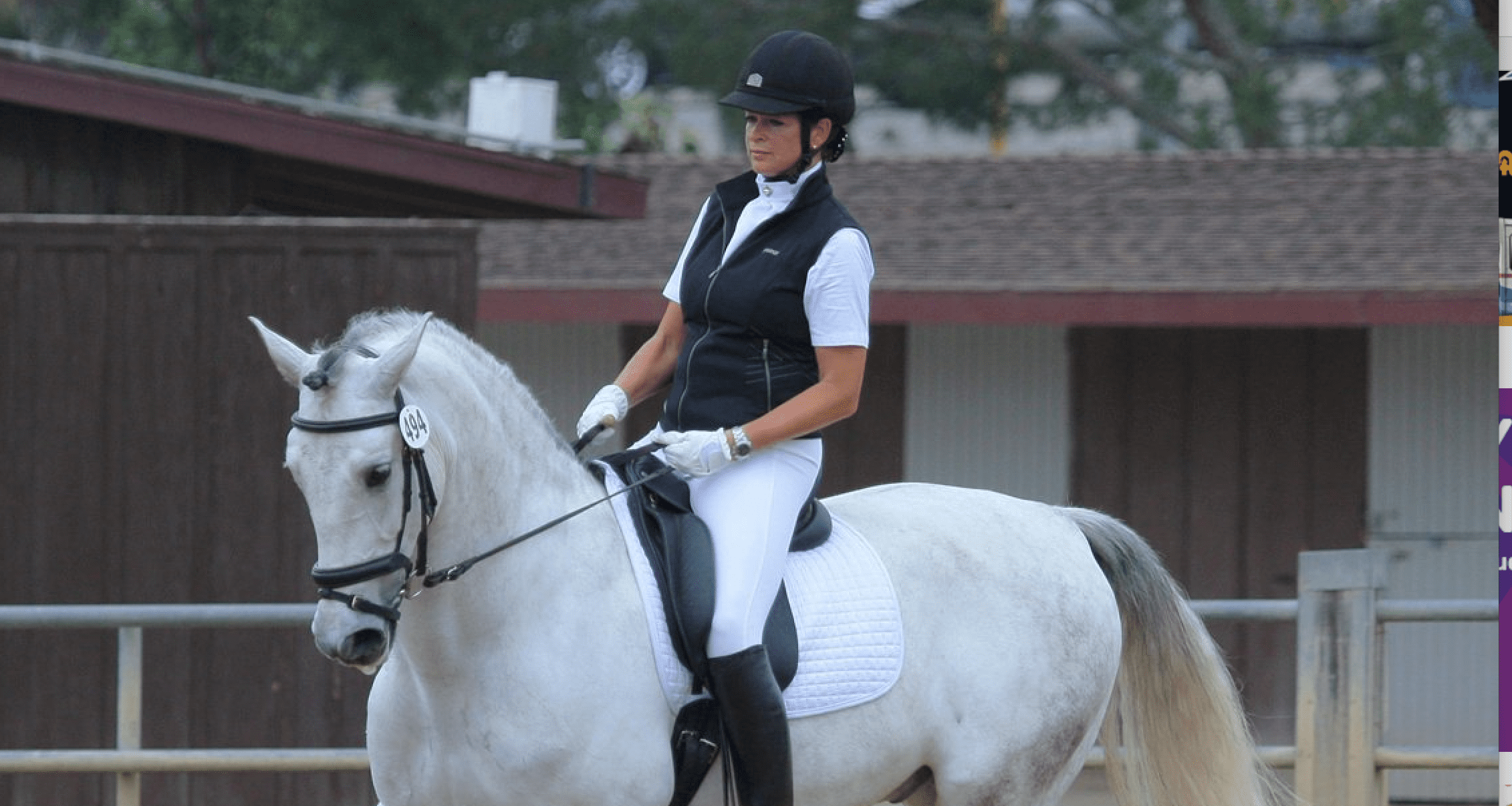Groups work together to create plan dealing with cannabis odors
Staff Report
Following 11 months of collaborative dialogue, the Santa Barbara County Coalition for Responsible Cannabis (Coalition) and CARP Growers reached a historic agreement on Aug. 20, ensuring cannabis farms work in cooperation with the community group to resolve odor issues in a proactive and cooperative way across Carpinteria Valley.
The agreement holds all CARP Growers member farms accountable to a partnership with the coalition and a detailed odor abatement plan outlining a new expanded odor response process, and a comprehensive program to develop and implement next-generation odor technologies.
Community engagement in the plan will be encouraged for reporting, investigating, and resolving cannabis odor incidents.
The coalition was formed in 2019 to advocate for closer oversight of cannabis farming and relief for odor nuisances in Carpinteria Valley and across Santa Barbara County. The coalition has been an active participant in the Santa Barbara County cannabis permitting process, appealing cannabis projects that do not meet its community-focused standards.
“In partnership with CARP Growers, the coalition developed a comprehensive voluntary upgrade to the county’s odor control program,” said Rob Salomon, coalition board member. “All CARP Growers members will comply with that program, and unlike today, odor will not be tolerated in schools, parks and public areas.
“We credit CARP Growers and its member farms for coming to the table with sincere dedication and a shared interest to make local cannabis farming better.”
CARP Growers (Cannabis Association for Responsible Producers) was created in 2018 to foster better relationships within the community of Carpinteria and require its members to follow best farming practices, including using best available odor control technology.
Each CARP Growers member will be individually bound to the agreement at more than 20 farm project sites at existing greenhouses across Carpinteria Valley.
“We appreciate the coalition for working with us and building trust over these many months,” said Tristan Strauss, CARP Growers vice president and CEO of Headwaters, which operates several farms in Carpinteria and a statewide cannabis wholesale network. “As fellow members of the community, CARP Growers are eager and motivated to eliminate odor issues.
“This agreement will create a new, more transparent odor complaint response program, where residents can work directly with operators to track and resolve odor issues.”
The coalition has previously negotiated odor abatement plans with individual cannabis farms, but the settlement represents the broadest group of cannabis farms and a proactive and expansive plan to resolve odor issues on a Carpinteria Valley-wide scale.
“The agreement between the Coalition and CARP Growers, including the two supporting documents developed between ourselves and the county, sets forth a comprehensive program to control odor in Carpinteria,” said coalition attorney Marc Chytilo.
“We are currently partnering with the CARP Growers regarding research and development to identify viable alternatives to vapor phase, including carbon scrubbers that are designed to mitigate odors in venting greenhouses,” he said.
The agreement includes monitoring for odor-causing compounds; a system of wind stations to help identify odor sources; use of the best available odor controls; expansion of areas where odor is not allowed; and a tiered response system to address odor incidents quickly and comprehensively.
“I’m very proud of our association for negotiating such an expansive and historic agreement which will truly create more transparency and accountability with our neighbors long-term,” said Autumn Shelton, CARP Growers president and co-owner of Autumn Brands farm in Carpinteria.
“We have made enormous investments in advancing the science and research and development around odor over the last year,” she said. “This is a new scientific field, and we are learning a lot each day about what compounds cause odors, and how to best mitigate and monitor odor.”







